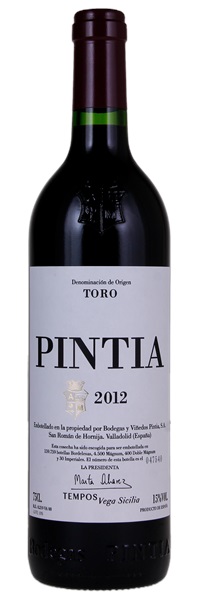Estimate

...such finesse and balance. The rustic character of the region with bark and hot stone. Medium to full body, long and flavorful.
Suave oak-spiced black and blue fruit, pipe tobacco and floral pastille aromas are complicated by mocha and vanilla flourishes. Plush and broad on the palate, offering sweet cassis and blackberry flavors... Rich yet surprisingly energetic in style, finishing sweet, sappy and impressively long...
...some balsamic aromas, red and dark berries, as well as some orange peel characteristics, hints of chocolate, vanilla, smoke and roasted notes...palate is full-bodied, structured, largely built, powerful, concentrated, and slightly rustic with abundant tannins and good overall freshness.
Tobacco, leather and tea flavors frame a core of cherry and dried fig notes...with firm tannins and orange peel acidity...has balance and depth.
...smoky aromas... Sandpaper tannins frame its dominant char and burnt toast flavors, while a base of black fruit holds it together.
...wafting from the glass in an aromatic combination of black cherries, black raspberries, chocolate, a touch of dark soil tones and a very nice base of smoky new oak...deep, full-bodied and very velvety on the attack, with a fine core, really good focus and grip and a long, gently warm and modestly chewy finish.
Dark, sweet and dusty aroma. Intense aroma, lightly minty dark fruit...velvety... Fills the mouth and finishes chalky and dry with a peppery sensation.